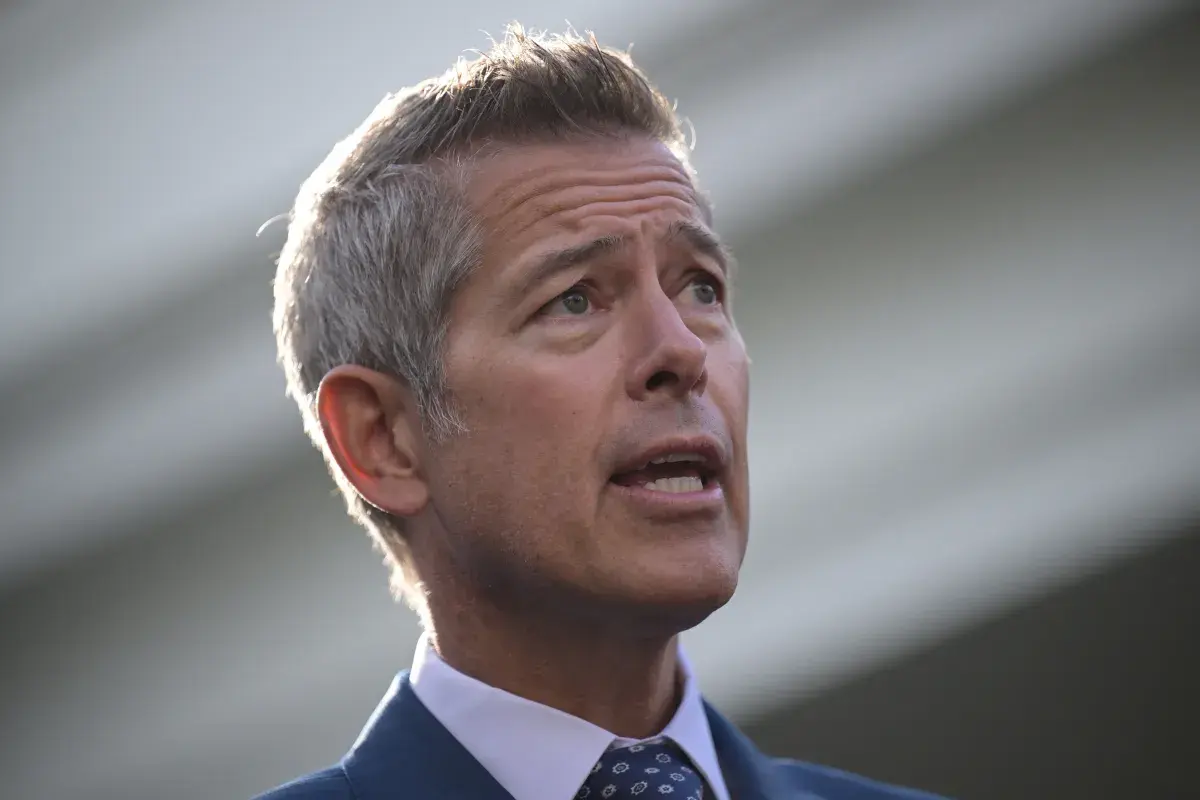
The United States is in a race with China to get to the Moon, NASA’s acting administrator Sean Duffy has said, as he outlined the agency’s first planned crewed lunar flyby in more than five decades.
In an interview with the Shawn Ryan Show earlier this week, Duffy, who is also transportation secretary, described NASA’s Artemis II mission scheduled to launch as early as February as a gateway for a permanent presence on Earth’s neighbor driven by geopolitical rivalry.
“Should we cede the moon to the Chinese and are there any national security risks to that?” Duffy said, “I don’t really want to find that out.”
Why It Matters
Artemis II is touted by NASA as the agency’s first crewed mission on the path to establishing a long-term presence on the Moon. The 10-day flight with four astronauts will test the technology required for lunar exploration.
NASA said that the mission is expected to launch in April 2026, however Duffy’s comments have suggested that it could happen sooner. He has also highlighted the geopolitical dimension and U.S. rivalry with China in establishing a presence on the Moon.
What To Know
During his interview with Ryan, Duffy said that the priority for NASA was to get to the Moon and come up with a replacement for the International Space Station (ISS).
He said firms like Space X had revolutionized commercial space travel and the cost of satellites.
“We are about to send for first time in 54 years, Artemis II back to the Moon and I bet you 97 percent of Americans have no idea that we’re doing it,” Duffy said, teasing that the mission could take place in February, although on NASA’s website it is scheduled for April.
“We’re not going to land. We’re going out and around the moon and coming back,” Duffy added.
He also said technology could develop to such an extent that there would be power on the surface of the Moon by 2030 after which “you can have sustained human life.”
The transportation secretary also said the mission would teach lessons on how to bring equipment to the Moon’s surface where Helium-3 could provide an energy source.
The U.S. would “open this up and let different companies compete to see who can get us there first.”
Duffy added that the priority would be to establish a presence on the Moon before China and before President Donald Trump leaves office.
What People Are Saying
NASA’s acting administrator Sean Duffy about the Moon mission during his interview appearance on the Shawn Ryan Show: “NASA lives off the fumes of what they did in the past—they’re not living off what we’re doing in the future.”
NASA Space News in a September 23, 2025, article: “Artemis operates in a world where other nations have announced lunar goals (e.g. China), meaning timelines and successful execution carry symbolic weight. ”
What Happens Next?
Despite Duffy’s February timeline for the mission, NASA officially shifted Artemis II to April and the first landing mission (Artemis III) to mid-2027, citing heat shield issues and the need to improve life support systems.
Meanwhile, Duffy’s post as acting NASA administrator may be ending soon. Trump announced he is nominating Jared Isaacman for a second time as NASA administrator. An ally of SpaceX founder Elon Musk, the appointment of the billionaire, could signal a shift toward more private-sector leadership.
